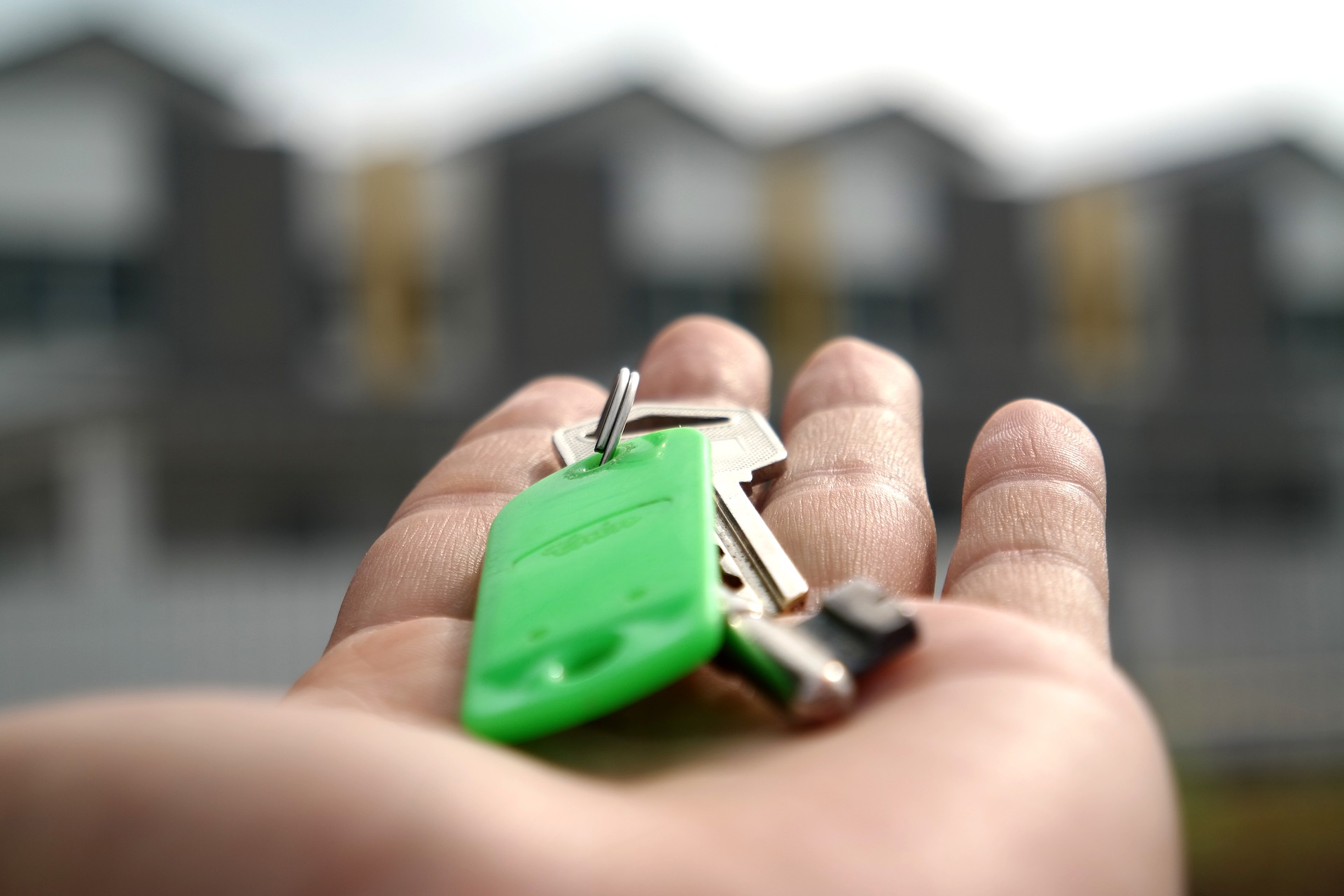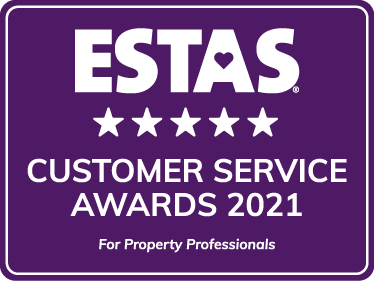With rental incomes steadily rising in recent years, buy-to-let properties can make very attractive investments. However, like any business opportunity, renting out a property does not come without risks. There are several things you must consider when purchasing a buy-to-let property to ensure that you are making a sound investment.
1. Shop around for the best mortgage deal
The first step is to discuss your investment with a trusted financial adviser to outline your options. If you need a mortgage, then it is important to note that a buy-to-let mortgage is different from one you may be granted when buying a residential property. Be sure to speak to a good independent broker who can help you decide which one is right for you and shop around to make sure you get the best deal.
Once you have selected your chosen mortgage provider, you should obtain an agreement in principle to prove your eligibility for this particular mortgage and confirm the amount that you are able to borrow.
2. Location, location, location
For a buy-to-let investment to be successful, the property needs to be based in a promising area; that is an area which is attractive to tenants and where there is sufficient demand for rental properties. This may not be an area where you currently live or would like to live personally but it is important to make these decisions from a business perspective. Keep in mind what your target tenants would want from the area: Are there good transport links? Where are the best local schools? Are there amenities within easy reach?
You need to match the type of property you can afford with locations that your target tenants would choose. Do your research on the current rental market trends of an area by monitoring comparable property sale prices and the typical rental income being achieved by similar properties to determine its potential.
3. Do the maths
When it comes to investing in property, achieving a good rental return is crucial and like any investment, a buy-to-let investment should ‘yield’ a profit.
To work out your investment yield you divide your annual rental income by the price you paid for the property and then times this amount by 100.
So, for example if you buy a property for £75,000 and your annual rental income is £6000, your yield is 8%.
Average property prices and rental incomes differ considerably across the UK so rental yields will vary. However, it is generally considered that an investment yield of 7% or above is good. Anything under 5% and you run the risk of not having enough cash flow to cover mortgage payments, general running costs and any unexpected costs, such as necessary repairs, that can crop up with any property investment.
4. Know your target tenant
Just as a business must know their target market, landlords must know their target tenants and consider this when choosing the type of property to invest in. Who are your target tenants and what do they want from a property? A group of students, for example, will have very different needs from that of a family or a young professional couple.
Keep in mind that allowing tenants to add personal touches to a property such as by decorating, hanging pictures or moving furniture will make it feel more like home. These tenants will be more likely to take good care of the property, stay longer and probably have a better relationship with their landlord or letting agent as a result.
5. Understand your responsibilities as a landlord
It’s important to get to grips with everything that’s involved with purchasing a buy-to-let and your responsibilities as a landlord including certain legal obligations you must comply with.
It may go without saying but it is a landlord’s responsibility to maintain the property and keep it in a decent and habitable state including general upkeep and necessary repairs. Ensure that you have all the relevant specialise building and contents insurance for a buy-to-let property.
The property must also meet certain legal requirements before it can be rented out to a tenant. This includes having a valid Energy Performance Certificate (EPC) with an E rating or above, working smoke and carbon monoxide alarms throughout the property and an up to date gas safety certificate for the property.
When putting a tenant in your property you are obliged to carry out the necessary checks that they have the right to rent your property and provide the tenant with a copy of the ‘How to Rent’ checklist at the start of the tenancy. It is essential that you have a valid written Assured Shorthold Tenancy (AST) agreement that protects both you, the landlord, and the tenant and outlines the rights and obligations of both parties.
Remember that when taking a deposit from a tenant, this must be properly stored and protected in a Tenancy Deposit Scheme and must be registered within 30 days of receipt. At the end of the tenancy the deposit will be returned once you and the tenant both agree how much they’ll get back. In the event of dispute, the deposit will be protected in the scheme until the issue is settled.
We advise that you seek professional assistance with your tenancy agreement and accompanying documentation; Alex Jones Sales and Lettings will be happy to take care of this for you. For more information or advice on managing a buy-to-let property please do not hesitate to get in touch with a member of our lettings team.



 By
By 


Share this with
Email
Facebook
Messenger
Twitter
Pinterest
LinkedIn
Copy this link